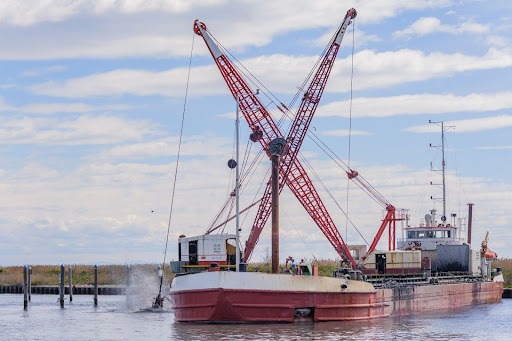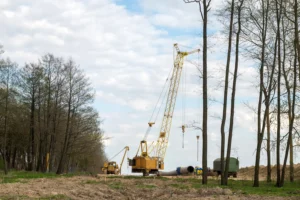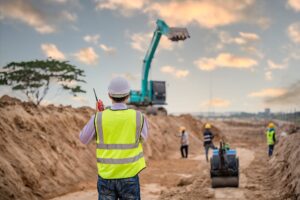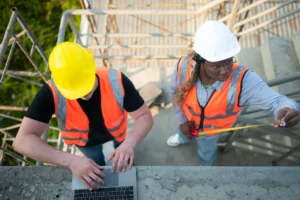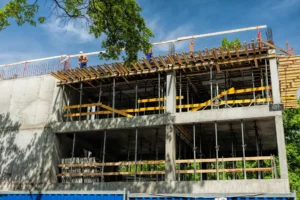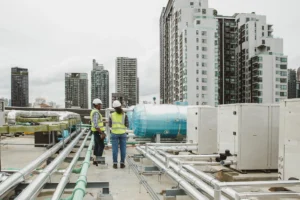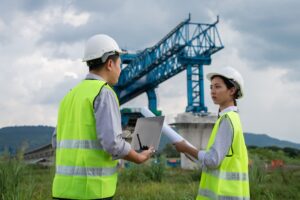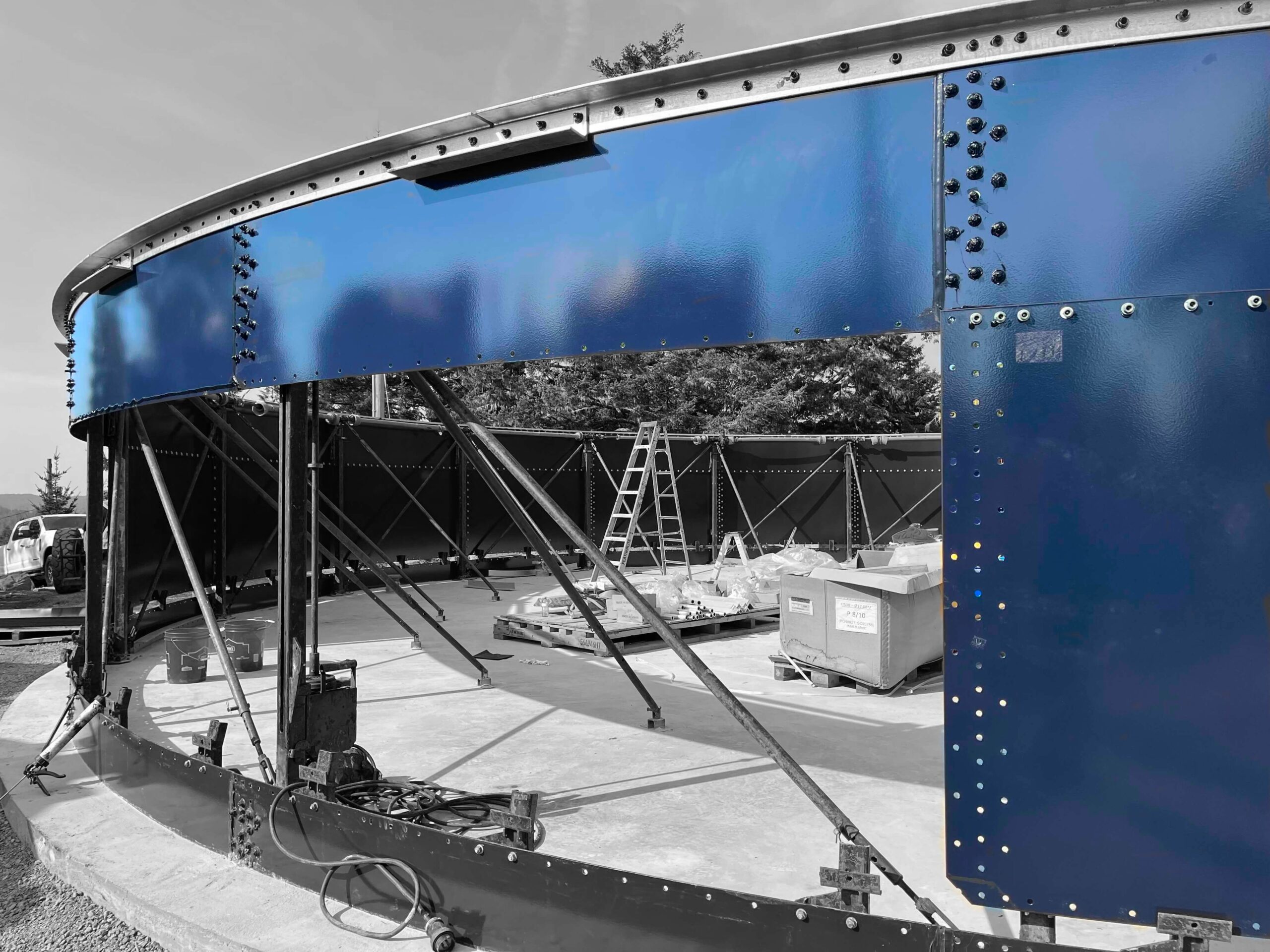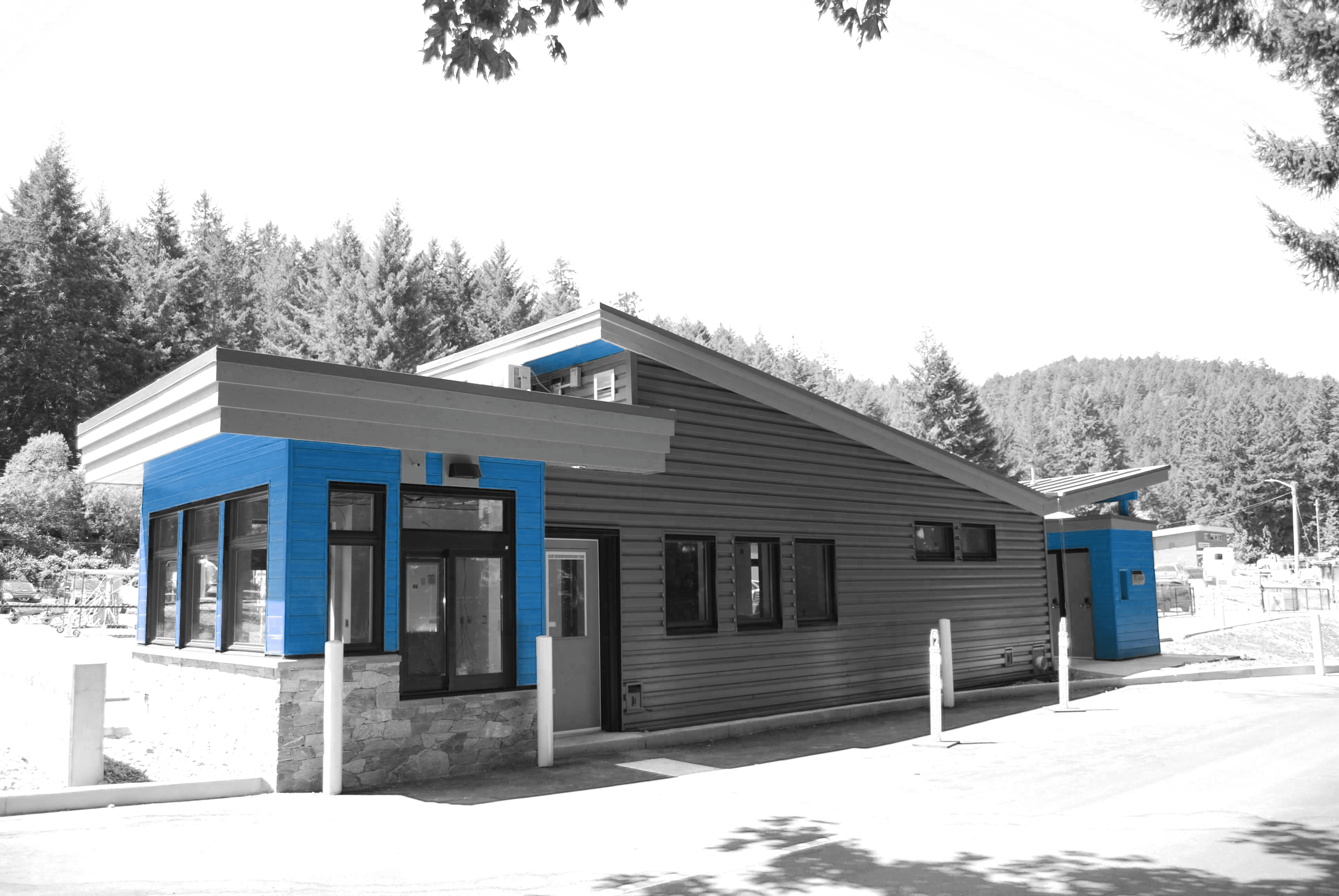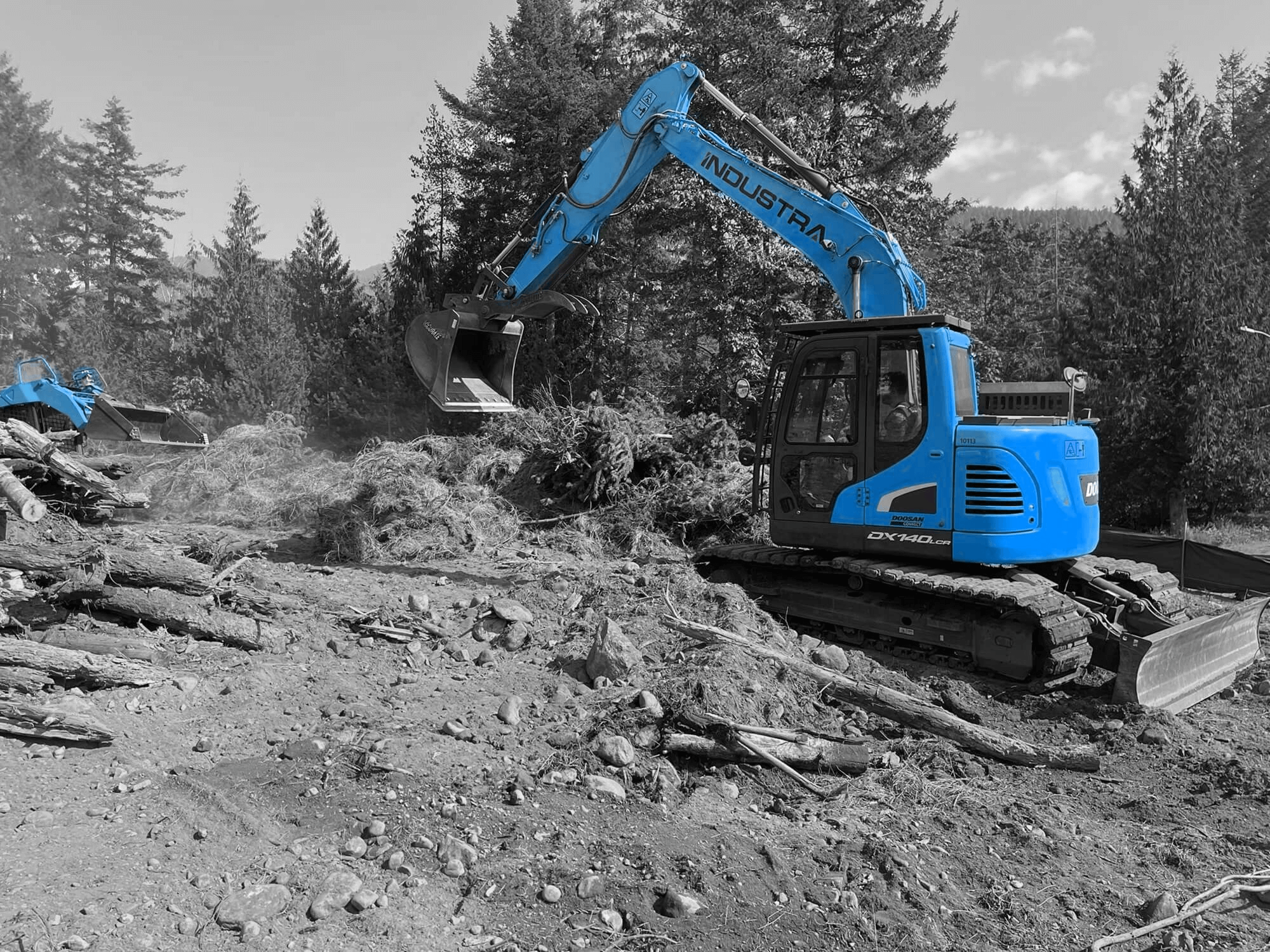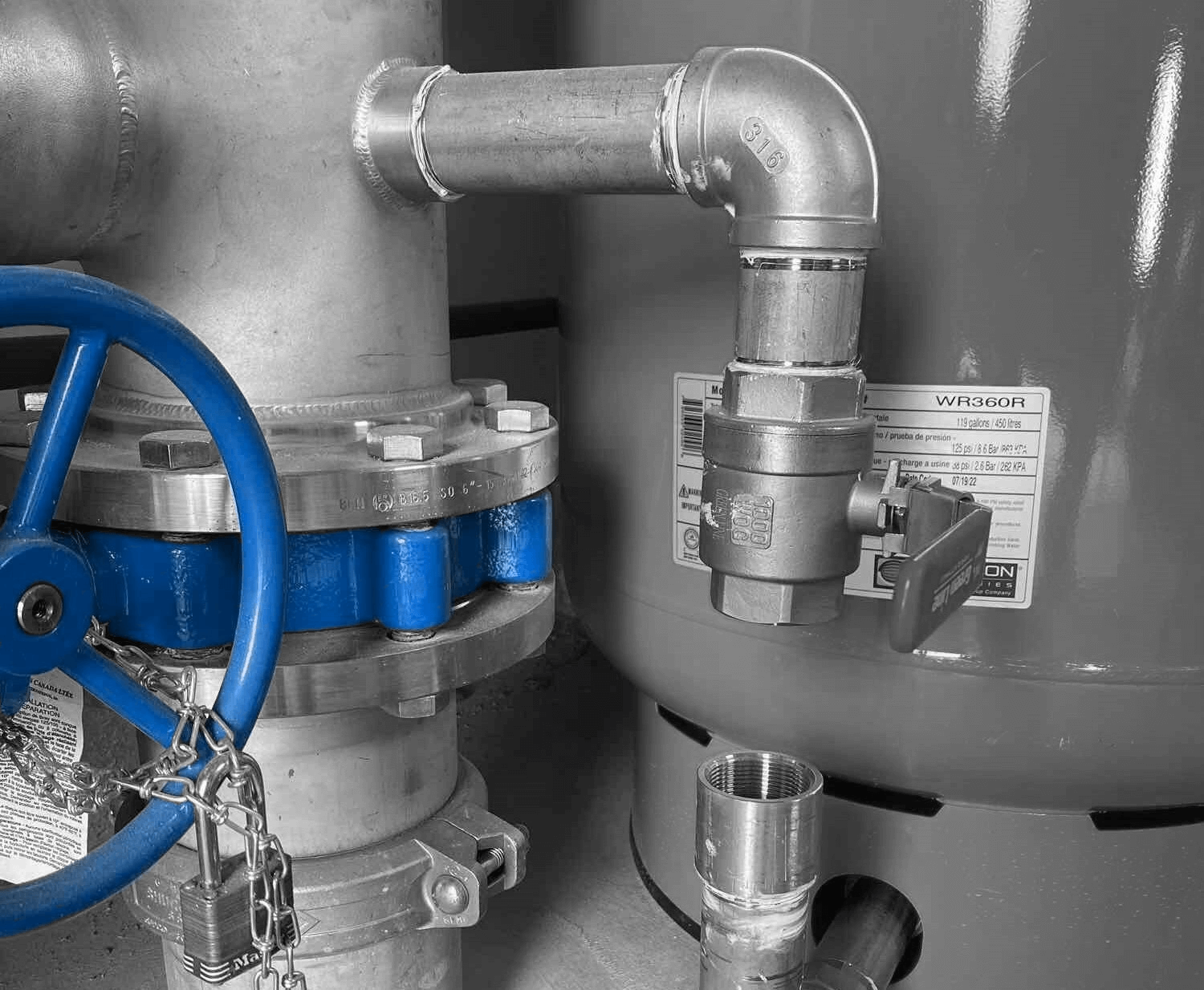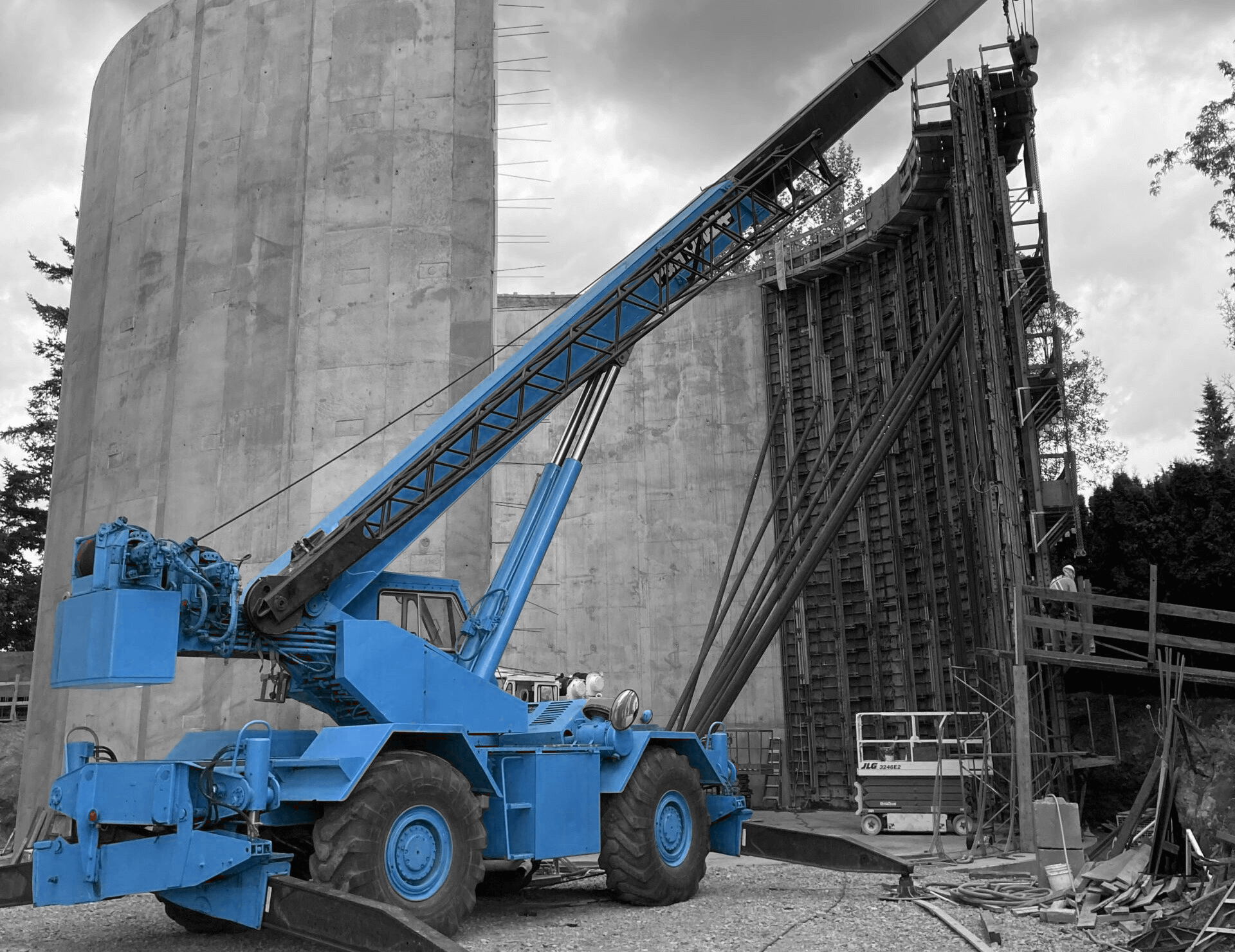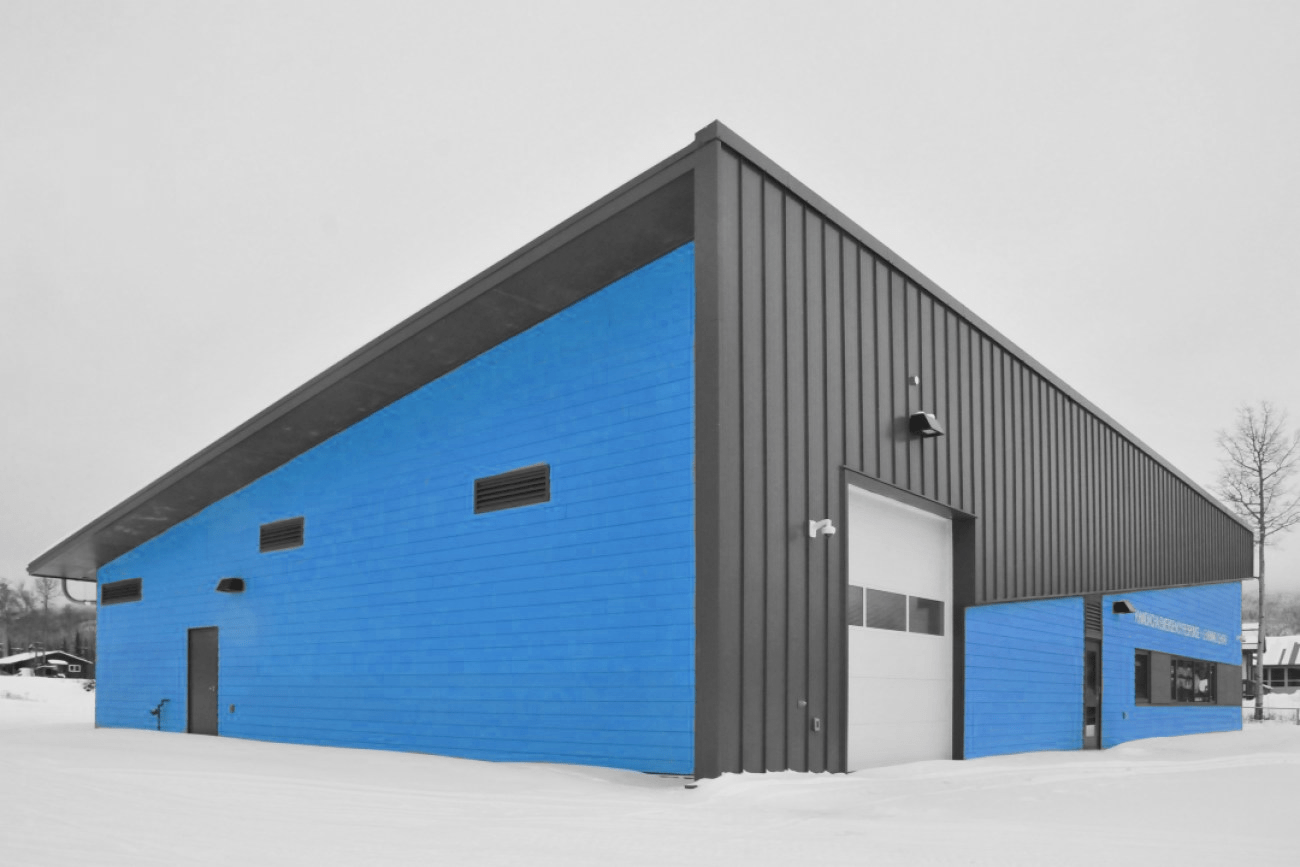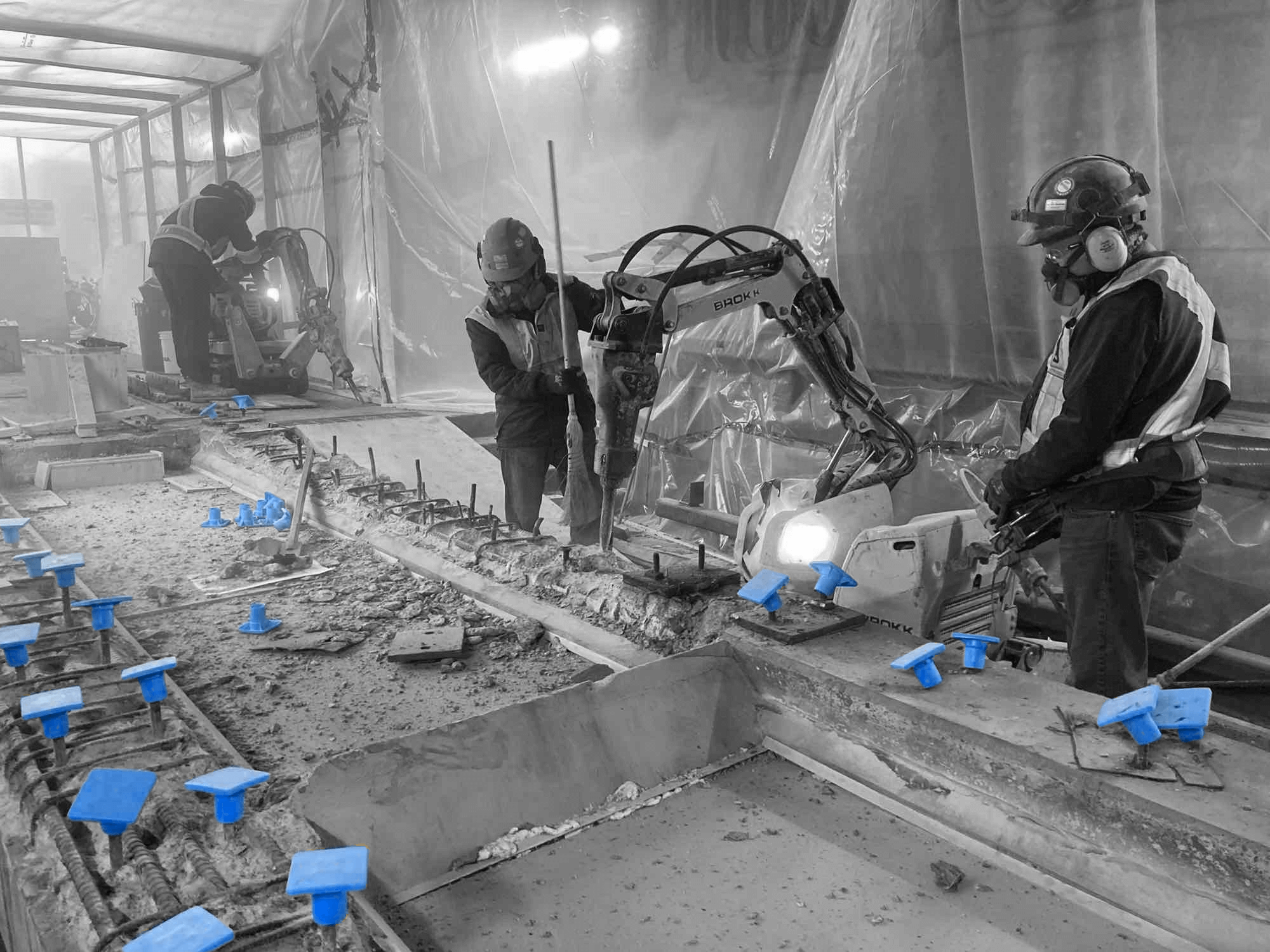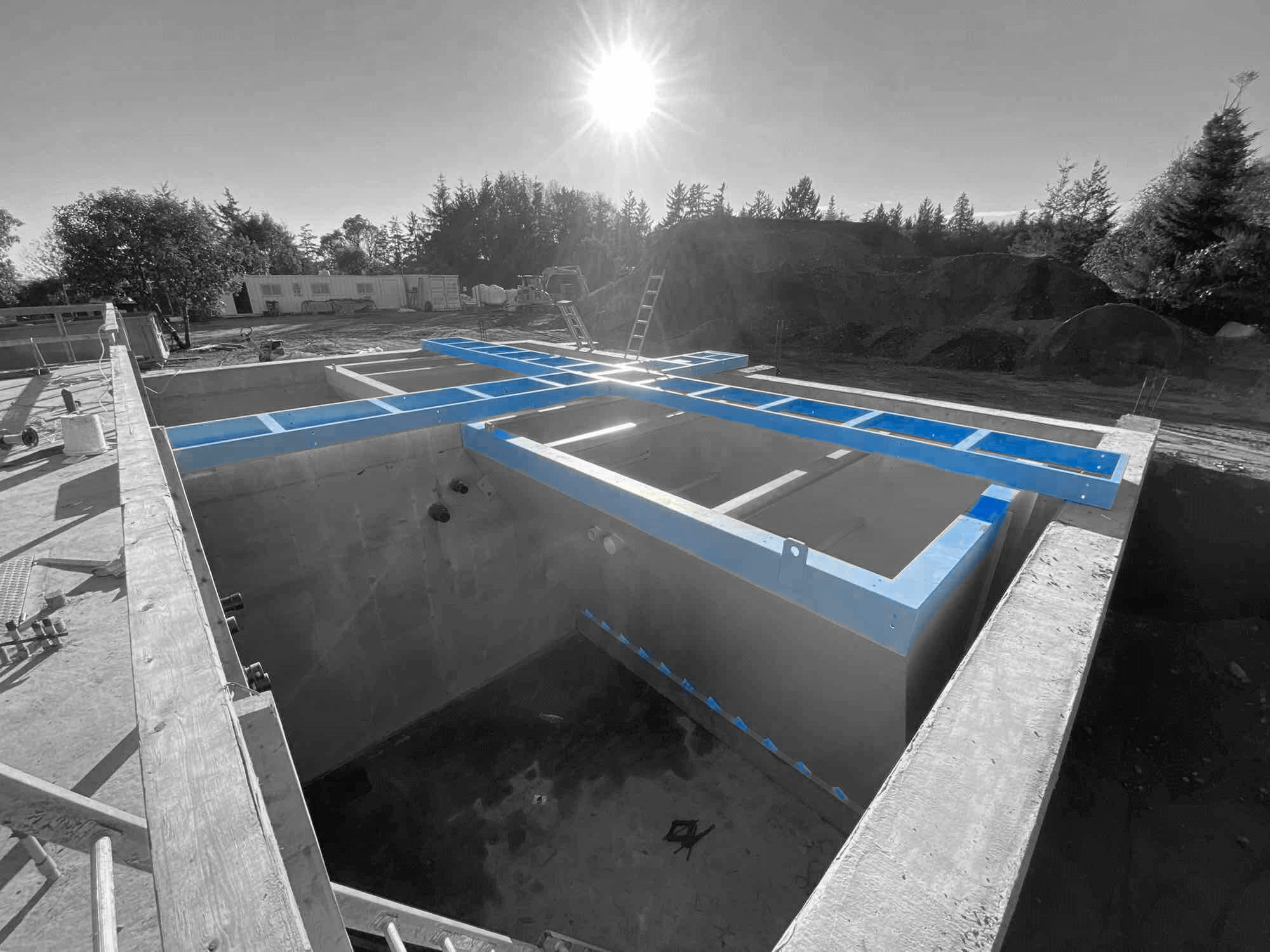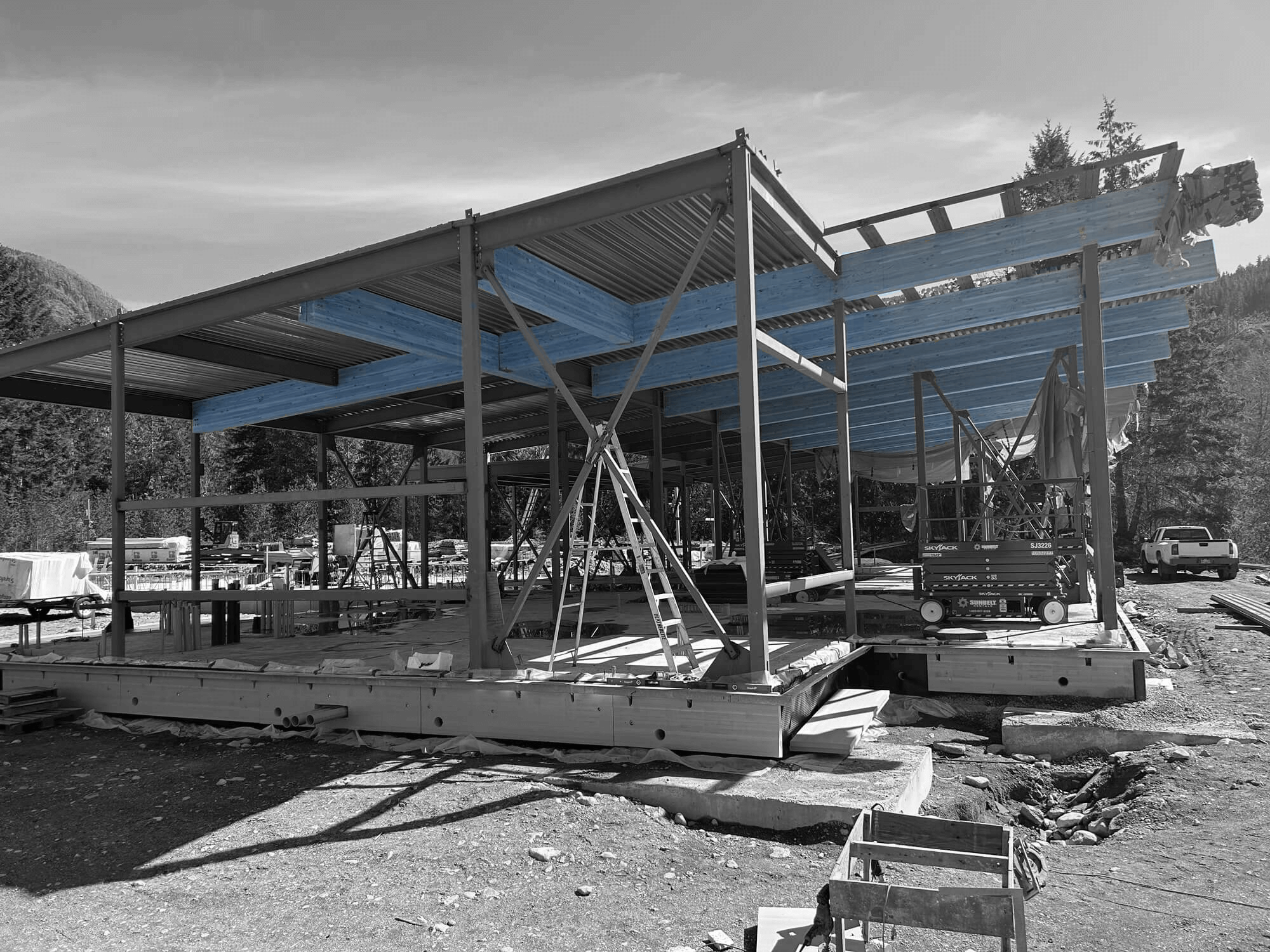Sustainable marine construction is vital for protecting our coastlines and marine environments. As we face rising sea levels and more intense weather events, the need for resilient, eco-friendly construction methods has never been greater. Building sustainably ensures that projects are not only robust but also have minimal impact on local ecosystems. This approach allows us to safeguard coastal communities and natural habitats effectively.
Adopting sustainable techniques involves using materials and practices that reduce environmental footprints. These techniques include selecting eco-friendly construction materials that are durable and cause less harm to the environment. Advanced construction methods that minimize disruption to marine life and habitats are also crucial. Furthermore, integrating renewable energy sources into marine projects can significantly reduce carbon emissions and promote energy efficiency.
At Industra Construction Corp., we are committed to leading the way in sustainable marine construction. By embracing innovative techniques and prioritizing environmental stewardship, we aim to create projects that stand the test of time while preserving our precious coastal ecosystems. Join us as we explore the various sustainable construction techniques that are shaping the future of marine construction. These methods not only address current challenges but also pave the way for a greener and more resilient world.
Eco-Friendly Materials in Marine Construction
Choosing eco-friendly materials is a fundamental step in sustainable marine construction. One of the most effective materials is recycled concrete. By reusing concrete debris from demolished structures, we not only reduce waste in landfills but also conserve natural resources. Recycled concrete performs well in harsh marine environments, making it an excellent choice for building robust coastal defences and foundations.
Another material gaining popularity is sustainably sourced timber. Timber used in marine projects, such as piers and boardwalks, needs to be treated to resist water damage and pests. Using wood certified by sustainable forestry practices ensures we are not depleting forests and that the wood harvested promotes ecological balance. This type of timber is both durable and environmentally friendly, making it a perfect fit for marine construction.
Bio-based composites are also making waves in the industry. These composites are made from natural fibres like flax or hemp mixed with biodegradable plastics. They offer the strength of traditional materials while being lightweight and less harmful to the environment. Bio-based composites are ideal for non-structural applications in marine projects, such as decking or cladding, providing an eco-friendly alternative to conventional materials.
Lastly, the use of low carbon cement is advancing rapidly. Traditional cement production emits a significant amount of CO2, but new formulations are reducing these emissions. Low carbon cement helps lower the overall carbon footprint of marine projects, contributing to more sustainable construction practices.
Innovative Construction Practices for Reduced Environmental Impact
Adopting innovative construction practices can significantly reduce the environmental impact of marine projects. One effective method is using modular construction techniques. Prefabricating components off-site in controlled environments not only reduces waste but also minimizes on-site disturbance to local ecosystems. This approach speeds up the construction process and improves quality control, lowering the risk of errors and rework.
Eco-dredging is another essential practice. Traditional dredging can severely disrupt marine habitats, but eco-dredging methods aim to minimize this impact. By carefully planning dredging activities and using specialized equipment, we can reduce sediment plumes and protect sensitive areas. Implementing silt curtains and other barriers helps contain sediment and prevent it from spreading, preserving water quality and marine life.
Utilizing construction methodologies that emphasize minimal footprint is equally important. For instance, using floating construction platforms allows us to work efficiently on water without disturbing the seabed. These platforms support various marine activities such as piling, concrete pouring, and steel erection, all while ensuring minimal ground impact.
Construction site erosion control is also critical. Installing barriers, such as biodegradable geotextiles, helps manage soil erosion and runoff during construction. These barriers protect coastal areas from potential damage caused by construction activities, maintaining the integrity of the shoreline.
Additionally, noise mitigation techniques, like using quieter machinery or implementing noise barriers, reduce the disturbance to marine and coastal wildlife. Ensuring we operate in a manner that respects both the environment and local communities is key to sustainable marine construction.
Renewable Energy Integration in Marine Projects
Integrating renewable energy into marine construction projects provides a sustainable power source and reduces carbon emissions. One of the primary renewable energy options is offshore wind energy. Offshore wind farms use wind turbines placed in coastal waters to generate electricity. These turbines harness the strong and consistent winds over the sea, producing significant amounts of clean energy. Incorporating wind turbines into projects like marine terminals and offshore platforms can provide sustainable energy solutions and reduce dependency on fossil fuels.
Another promising renewable energy source is tidal energy. Tidal power plants generate electricity by capturing the energy from moving water during tidal cycles. These plants can be integrated into marine structures such as jetties and breakwaters. Tidal energy is highly predictable and can provide a reliable and continuous power supply, benefiting both the construction operations and the communities they serve.
Solar energy can also play a role in marine construction. Solar panels can be installed on marine buildings, docks, and other infrastructure to capture sunlight and convert it into electricity. This approach reduces greenhouse gas emissions and provides a renewable energy source for lighting, equipment, and other needs.
Utilizing renewable energy sources in marine projects not only promotes sustainability but also helps reduce operational costs and dependence on non-renewable energy. Harnessing the power of wind, tides, and sun ensures a cleaner and more efficient construction process, leading to long-term environmental and economic benefits.
Long-Term Benefits of Sustainable Marine Construction
Sustainable marine construction offers numerous long-term benefits for both the environment and the communities involved. One significant benefit is enhanced durability and resilience. Using eco-friendly materials and innovative construction practices results in structures that can better withstand harsh marine conditions and severe weather events, leading to reduced maintenance costs and longer lifespan.
Environmental protection is another crucial advantage. Sustainable construction techniques mitigate adverse environmental effects, preserving marine habitats and biodiversity. By reducing pollution, minimizing habitat disruption, and protecting coastal ecosystems, we ensure the health and sustainability of our natural resources.
Economic benefits are also substantial. Although sustainable construction methods may have higher upfront costs, the long-term savings from reduced maintenance, energy efficiency, and increased durability more than offset these initial investments. Improved durability reduces the need for frequent repairs and rebuilds, saving time and resources.
Social benefits should not be overlooked either. Sustainable marine construction projects create healthier environments for local communities by reducing pollution and promoting cleaner air and water. Additionally, these projects can provide job opportunities and encourage community involvement in sustainable practices.
Overall, sustainable marine construction ensures that we can build robust and effective infrastructure while safeguarding the environment and supporting economic growth. By focusing on long-term benefits, we lay the foundation for a more resilient and sustainable future.
Conclusion
The importance of sustainable marine construction cannot be overstated. As we face environmental challenges such as rising sea levels and extreme weather, adopting sustainable practices is essential for creating durable and eco-friendly infrastructure. From using eco-friendly materials and innovative construction practices to integrating renewable energy, these techniques greatly reduce environmental impact and promote long-term benefits.
At Industra Construction Corp., we take pride in leading the way in sustainable marine construction. By implementing these advanced techniques, we aim to protect our coastlines and marine environments while ensuring the resilience and longevity of our projects. Our commitment to environmental stewardship allows us to make significant contributions toward a more sustainable and resilient future for our coastal communities.
To learn more about our sustainable construction services and how we can assist with your next marine construction project, contact Industra Construction Corp. today. Let’s work together to build a better, greener future.


